

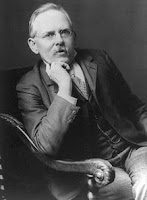
In 2006-07 I taught a high school photography class at TASIS, an international American school in England. At the end of the year my students were required to research and write a very brief report on a master photographer chosen from the photo library. They were then required to post their report to this blog. (Note: many of my students were not native English speakers, and except for really bad errors, I left the posts largely as written. ;)



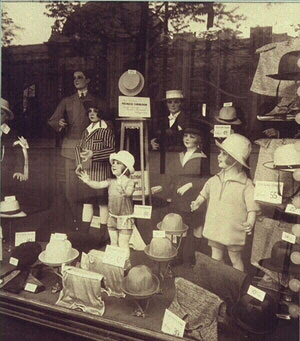
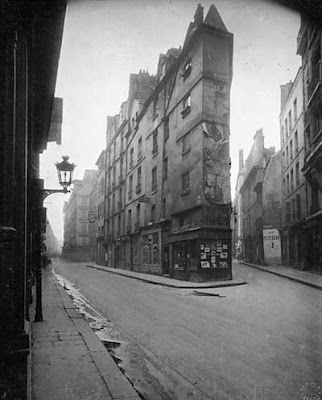

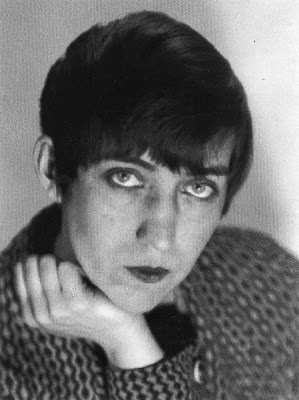 Bernice Abbott
Bernice Abbott Fl
Fl James Joyce, 1928
James Joyce, 1928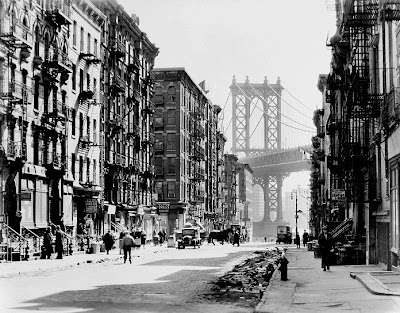

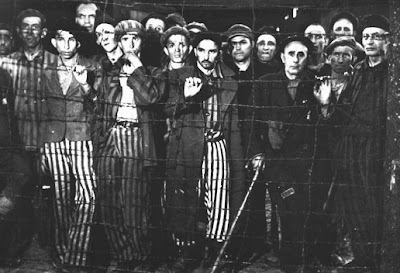 Jewish Prisoners at the Fence at Buchenwald (1945)
Jewish Prisoners at the Fence at Buchenwald (1945)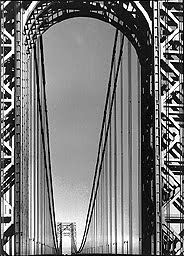 George Washington Bridge (1933)
George Washington Bridge (1933)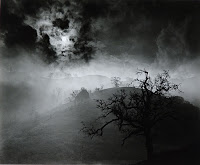 Stormy Night
Stormy Night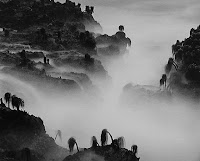 Misty Mountain Range
Misty Mountain Range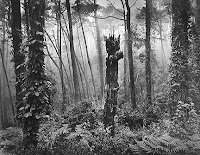 Del Monte F0rest
Del Monte F0rest
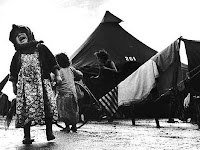
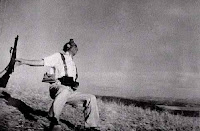
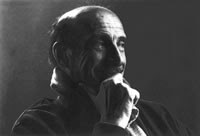 Eduard Boubat (1923-1999)
Eduard Boubat (1923-1999)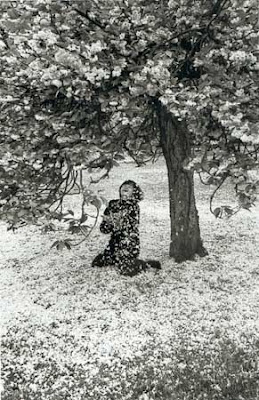 1983
1983 1962
1962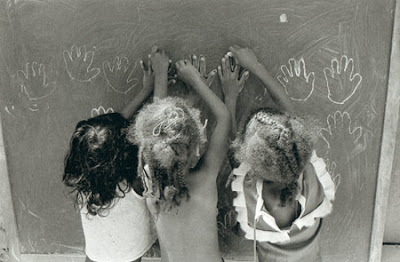 1985
1985
 Erwitt again uses irony and a sort of twisted humor to illustrate his photo of the boy in the car. Obviously the shot was not made at the boy, and the crack was there before, but the placement shows a sort of grim emotion. The picture really evokes a thought which Erwitt was famous for.
Erwitt again uses irony and a sort of twisted humor to illustrate his photo of the boy in the car. Obviously the shot was not made at the boy, and the crack was there before, but the placement shows a sort of grim emotion. The picture really evokes a thought which Erwitt was famous for.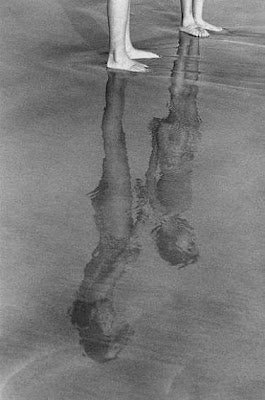 This picture represents the subjects as a reflection as opposed to actual people. It is an interesting shot of Erwitt's favorite place to shoot - the beach. The picture is interesting and rather happy and care free, leaving the observer thinking about what the people may look like in person as opposed to being reflected in the water.
This picture represents the subjects as a reflection as opposed to actual people. It is an interesting shot of Erwitt's favorite place to shoot - the beach. The picture is interesting and rather happy and care free, leaving the observer thinking about what the people may look like in person as opposed to being reflected in the water.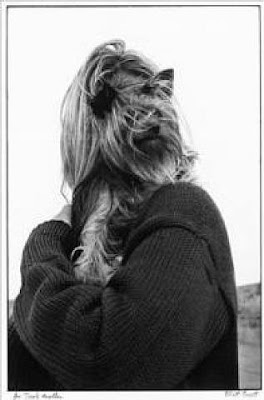 This print really displays Erwitt's knack of capturing the comical side of life. The picture gives the appearance of the dog being a part of the woman's face as they blend together. It also incorporates man's best friend, and Erwitt's favorite subject - the dog.
This print really displays Erwitt's knack of capturing the comical side of life. The picture gives the appearance of the dog being a part of the woman's face as they blend together. It also incorporates man's best friend, and Erwitt's favorite subject - the dog.
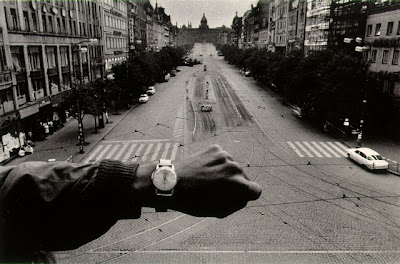 Wrist Watch (1968)
Wrist Watch (1968) Russian Tank in Prague (1968)
Russian Tank in Prague (1968)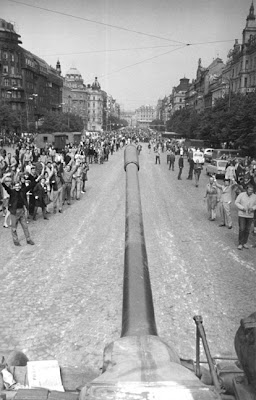 Soviet Tank (1968)
Soviet Tank (1968)

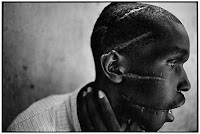
 Indian Miners (1989)
Indian Miners (1989) Fleeing Refugee (1985)
Fleeing Refugee (1985)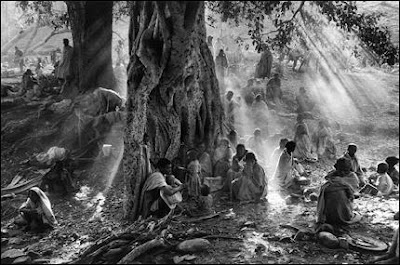 Hiding Refugees (1985)
Hiding Refugees (1985)